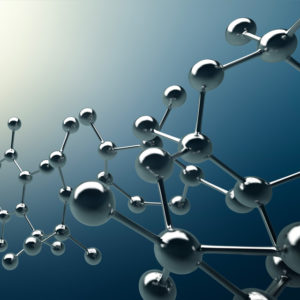Electrothermal Vaporization ICP Optical Emission Spectroscopy (ETV-ICP-OES)
Home » Our Techniques » Spectroscopy » ETV-ICP-OES
Electrothermal vaporization (ETV) coupled with inductively coupled plasma optical emission spectrometry (ICP-OES) or inductively coupled plasma mass spectrometry (ICP-MS) is a powerful technique for rapid, direct determination of trace and ultra-trace levels of analytes in broad range of samples directly with no or minimal sample preparation. This solid sampling technique offers exceptionally high sensitivity and enables rapid chemical analyses. Sensitivity improvements result from high analyte transport efficiencies (25-80%), when compared to a nebulizer-based sample introduction system.
Ideal Uses of ETV-ICP-OES
- Direct determination of trace and ultra-trace level contaminants in solids, liquids and slurries
- Purity survey analysis of graphite and manufactured carbons
- Trace and ultra-trace determinations in ceramics, SiC, BC, Si3N4

Limitations
- Atmospherics
ETV-ICP-OES Technical Specifications
- Atomization principles: Samples in high purity graphite boats are heated rapidly to high temperatures (T > 1000 °C)
- Analytes are vaporized in the presence of halogenated modifier gas and transported directly into inductively coupled plasma region of ICP instruments
- Elements Detected: Li-U excluding atmospherics
- Detection Limits: pg/g
Would you like to learn more about using ETV-ICP-OES?
Contact us today for your Electrothermal Vaporization ICP Optical Emission Spectroscopy needs. Please complete the form below to have an EAG expert contact you.